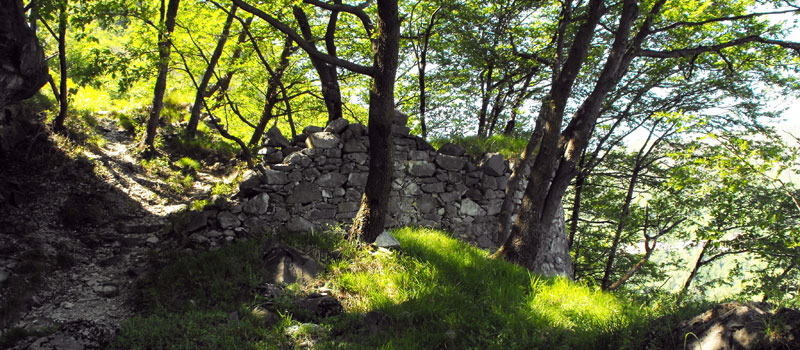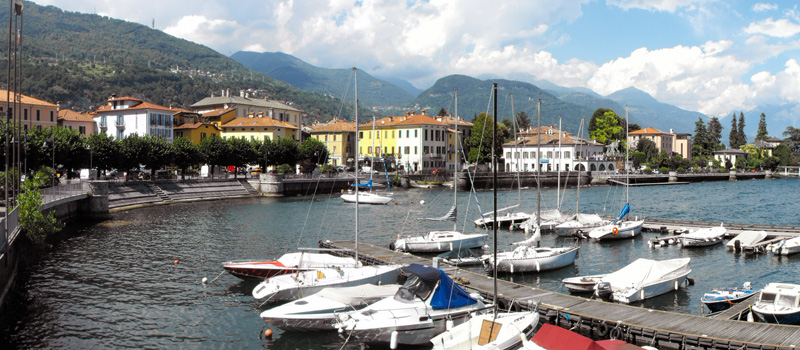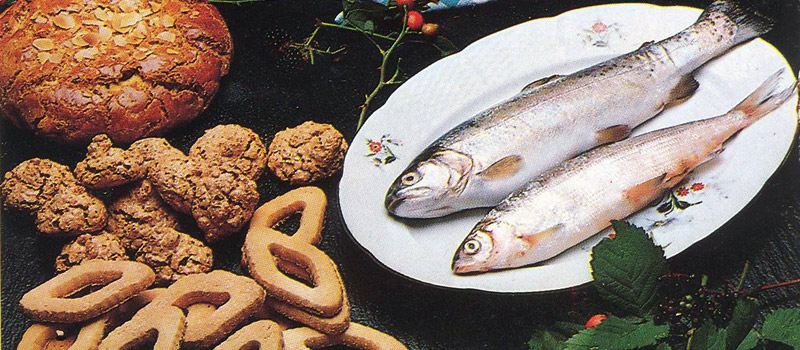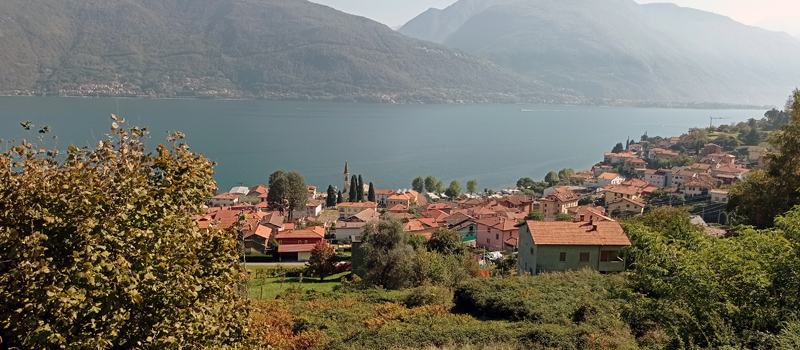
The ruins of the Castle of Musso rise on the spur of rock overlooking the town, Sasso di Musso. It was fortified starting from the Gauls who lived in the area before the arrival of the Romans. The location was strategic for the control of traffic directed to Valtellina and Switzerland through the via Regina. Today we can still see some ancient castle remains and portions of the perimeter walls.
In the twelfth century the feud of Musso and the castle became a possession of Malacrida family allied with the Duchy of Milan. In 1500 during the French occupation, Marshal Trivulzio Feltrinelli destroyed the castle, then rebuilt it a few months later, fortifying and expanding it. Further, he was also granted the right to coin money, creating a real mint. The Castle of Musso was protected by a double line of ramparts, between the walls and the mountain there was a moat of sharp stakes. The castle could be entered by an underground road and by a path that connected the fortress with the town of Dongo.
In 1522 Gian Giacomo de Medici, called the Medeghino, took possession of the fort, the Castle of Musso became a receptacle of mercenaries, bandits and brigands; for ten long years they bloodied the Lario with pirate raids, kidnappings and robberies. Imposing duties and tolls, they came to have the control over the biggest part of the lake of Como and of Brianza. In subsequent years, the attacks by the Swiss Grisons to the castle of Musso became more and more insistent and frequent, in 1532 the Medeghino signed the treaty of truce giving the castle to the Grisons. In return he was pardoned and appointed the Marquis of Melegnano, the Grisons razed Castle to the ground. In the seventeenth century, under the Spanish domination, the Malacrida returned to Musso and had only partially rebuilt the walls of the castle.

In Dongo, among the buildings stands out the neoclassic Manzi, today town hall and site of the Museum of the end of the war (Resistance Museum), a building realized by Pietro Gilardoni (1824), a student of Pollak.
Dongo
Dried Shad (Agone), called Missoltini or Missultin, were at one time a precious food for inhabitants of Lake Como, the particular processing allowed them to be conserved for more than a year, excellent traditional Lake Como cuisine.
Lario Cuisine
In Pianello the International Museum of Vintage Boats is definitely worth a visit, set up in an old spinning mill which houses over four hundred boats that recount two millennia of nautical history here on Lake Como, a unique exhibition.
Pianello del Lario